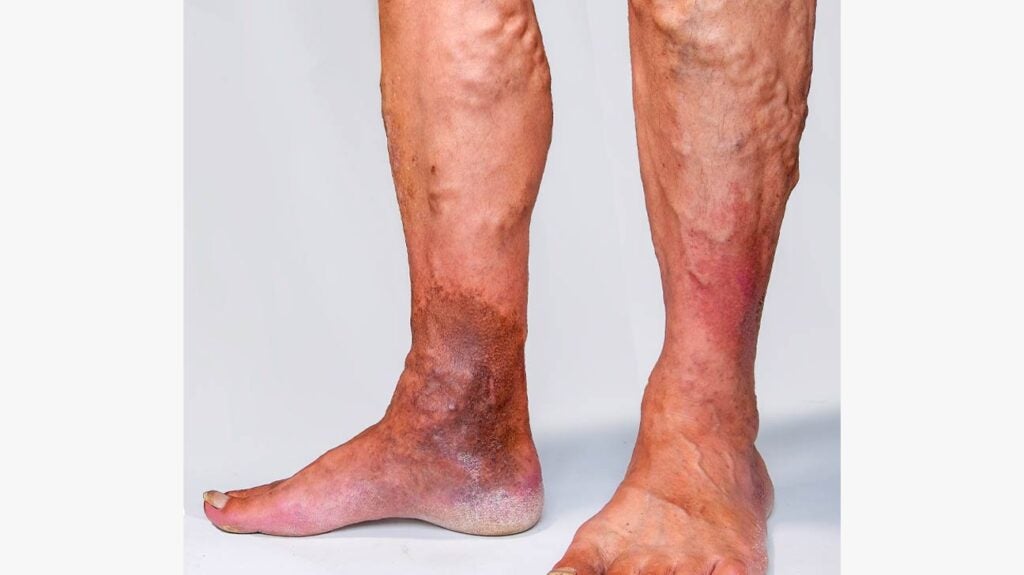Before seeking medical treatment for varicose veins, you should understand what they are. This condition is caused by excessive pressure in the veins, resulting in painful bulging. The good news is that many treatments for varicose venous disease are available. In some cases, conservative measures can help you reduce the symptoms and minimize your overall costs. These conservative measures can include compression stockings and wraps. Other ways to improve circulation in the legs and to prevent leg swelling are to elevate the legs when possible and avoid long periods of standing or sitting. However, sometimes these conservative methods are not enough to completely eradicate the vein and you may need to seek out a venous reflux procedure.
If you have a larger varicose vein, you may be required to undergo surgery. On the other hand, if the veins are small, you may be able to treat them with sclerotherapy, external laser treatment, or microphlebectomy. The type of treatment you choose depends on your specific situation and the size of your varicose veins. Your vascular specialist will recommend the best treatment for your condition.
If you are diagnosed with varicose veins, your doctor will likely do a physical exam. He or she will examine your legs while you’re standing to make sure there are no swollen veins. If you have any pain or other symptoms, the doctor may want to do an ultrasound test to see if there are any blood clots. A technician will run a thin hand-held device over your skin to capture images of your veins.
Injection therapy, also known as sclerotherapy, uses fluid to cause the walls of the veins to stick together and disappear. Several treatments may be required, but if you can wear compression stockings all day, your symptoms may improve significantly. A natural, over-the-counter cream treatment Variste cream that uses herbal extracts can help soothe pain and prevent varicose veins from getting worse.
There are several different treatments for varicose veins. The first option is sclerotherapy, in which a chemical solution is injected into the veins to prevent them from clotting and swelling. The main goal of the procedure is to restore normal venous circulation in the affected areas. If you are suffering from any of these symptoms, you should contact your doctor immediately.

There are two primary treatments for varicose veins: sclerotherapy and home treatment. The first approach involves sclerotherapy. The doctor will use laser energy to destroy or scar the veins. This treatment is the most effective for small varicos. But the second option is surgically removing the vein. The goal is to minimize the pain, and minimize the symptoms, which can be life-threatening.
After a thorough examination, the doctor may prescribe a drug to shrink the veins. Patients are usually prescribed a medication to help them feel better after the procedure. In some cases, chemical treatment is recommended. Another option is the use of compression stockings. It is important to get a medical evaluation to diagnose the condition. It is a safe and effective treatment for varicose veins.
Depending on the severity of the condition, treatment for varicose veins can involve home remedies or invasive procedures. In some cases, the treatment for varicose veins is very expensive. But, it is often necessary for you to live a comfortable life. And the best part about it is that it is safe and effective. Most people with varicose venous disease are generally aware of their symptoms.
Among the treatments for varicose veins are two types of surgical procedures. The first is called stab avulsion, which aims to eliminate the veins. The other is radiofrequency energy, which uses laser light to close the vein. This procedure is best for small, superficial veins. It may also cause skin tears. The first is a surgical procedure that is done with a high risk.